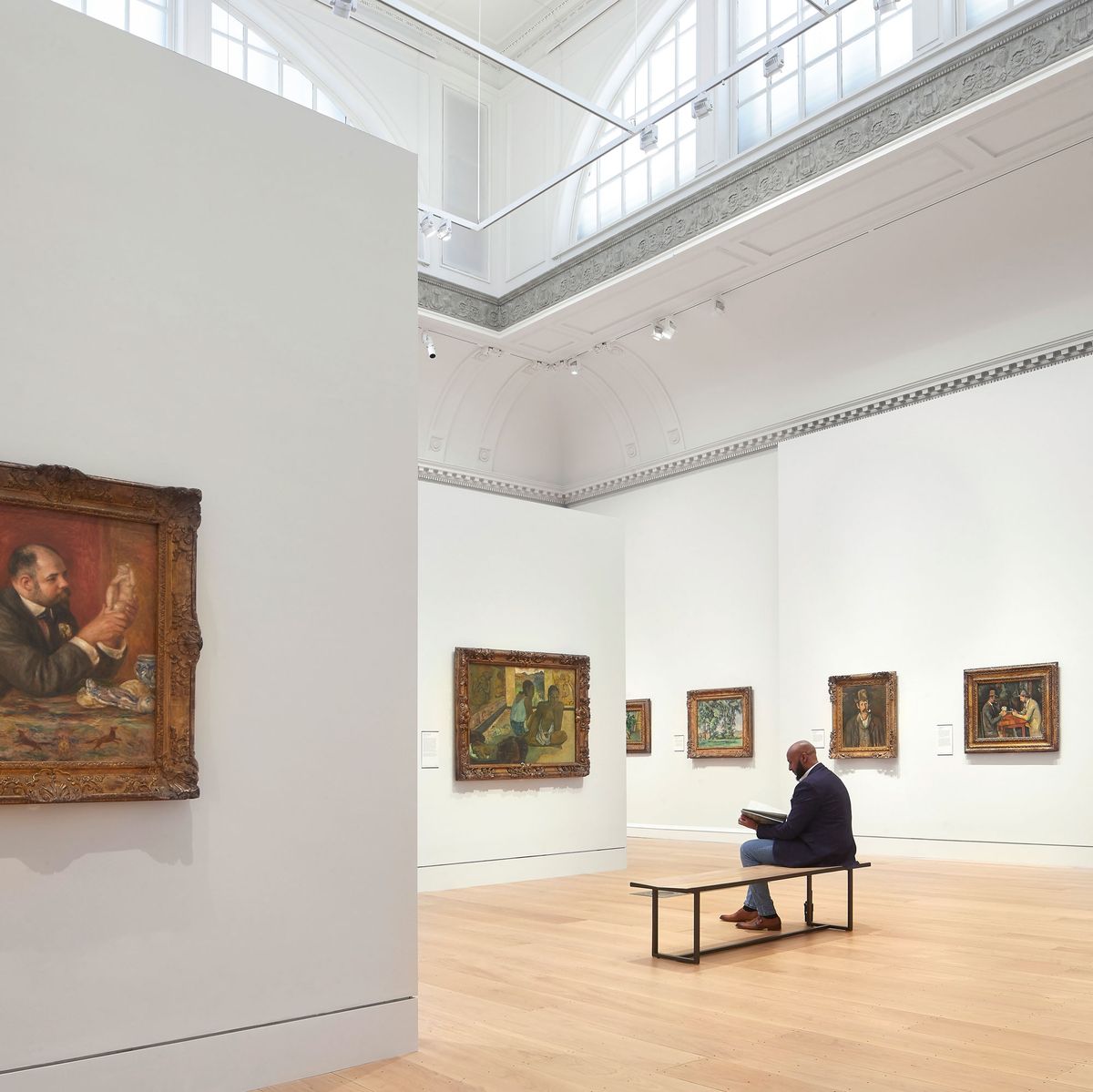London’s Courtauld Gallery is something of a hidden gem: a renowned art collection with masterpieces by Cézanne, Van Gogh, Monet and Gauguin, tucked away unobtrusively in a wing of Somerset House. Its neoclassical 18th-century building comprises a warren of spaces originally designed to house government offices and specialist societies including the Royal Academy of Arts.
The gallery reopens to the public on 19 November after the biggest renovation in its history, costing £57m and spanning three years of closure (extended slightly by the pandemic). The “real challenge” of the project by Witherford Watson Mann architects has been to unify the collection with the building's historic architecture, says the Courtauld Gallery’s director, Ernst Vegelin van Claerbergen. Many of the changes “by themselves weren’t necessarily so radical but cumulatively they have transformed the enjoyment of the building and the ability of the collection to sing”, he says.
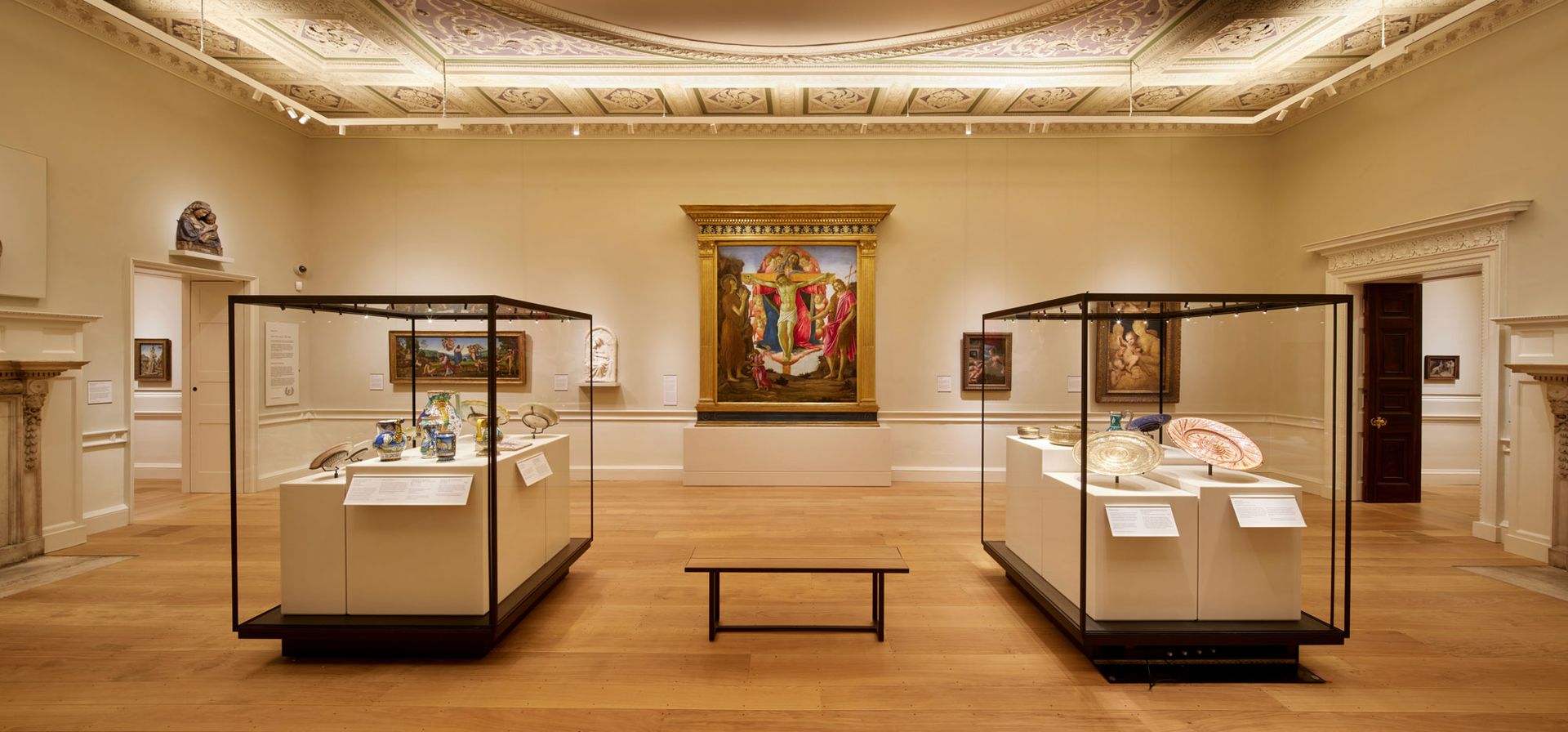
The Blavatnik Fine Rooms on the second floor, featuring a newly restored Botticelli altarpiece Photo © David Levene
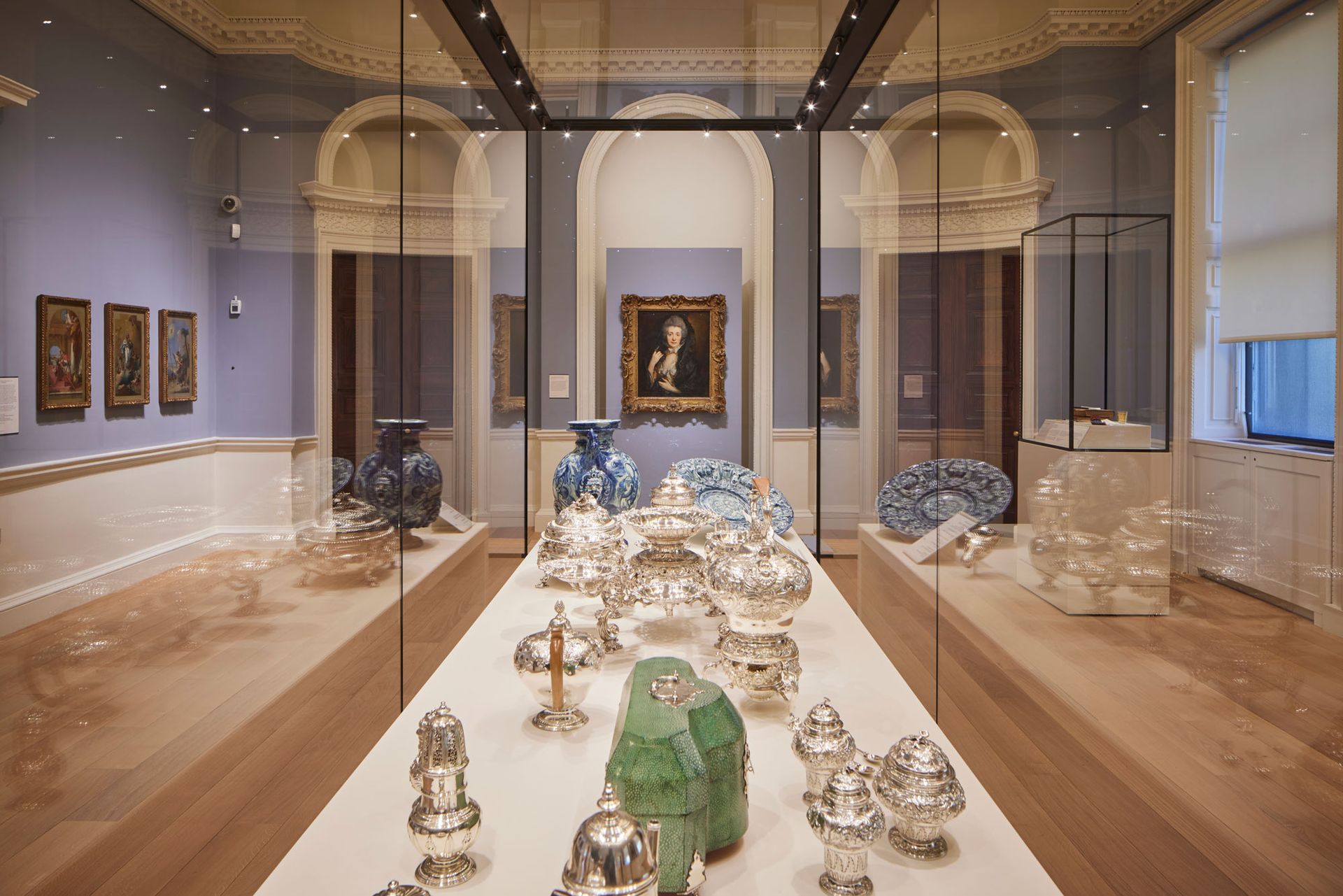
A total gallery rehang intersperses the Courtauld's famous paintings with decorative arts objects Photo © David Levene
That transformation “starts from the moment of arrival” with a remodelled entrance that enables step-free access directly to the front hall for the first time (wheelchair users previously had to come through a back entrance, “a very unsuitable way to welcome people”). The once-cramped ticketing desk has moved into what used to be the early Renaissance and Medieval gallery. A new staircase to the expanded basement visitor facilities replaces the awkwardly steep and narrow “servants’ stair round the back”. Before the redesign, Vegelin admits, “many never found their way down there”.
Upstairs, a complete rehang of around 300 works has been guided by quality and variety over quantity. “We were clear that the project was never about putting more on display,” Vegelin says. “We wanted to display things better and in a much more engaging way—to give a richer account of the collection”. Conceived as a teaching resource for the Courtauld Institute of Art, the UK’s smallest university, the collection ranges from the early Medieval period to the 20th century and has at its core a bequest from Samuel Courtauld, an English textile manufacturer.

A new gallery dedicated to the Bloomsbury Group Photo © Hufton+Crow
“The challenge we set ourselves in the installation was to provoke delight and inspiration and curiosity,” Vegelin says. “At every turn there is something thought-provoking and intriguing to discover.” Punctuating the famous paintings—now released from their old-fashioned hanging chains—are relevant selections from the decorative arts holdings and “little episodes” such as a display of oil sketches by Rubens examining his working processes.
A broadly chronological sequence leads from the “reborn” Medieval and early Renaissance gallery on the first floor to the Blavatnik Fine Rooms, six second-floor galleries including a “sensational” principal showcase for Renaissance works with a newly restored Botticelli altarpiece at its heart. A project space on the same level will “open a window for the public” on to the research activities of the Courtauld Institute, with scope for future initiatives to be developed by the students, faculty members or conservation department. Another new addition is a third-floor gallery devoted to the Bloomsbury Group, showing significant materials that were widely lent but only rarely exhibited at the gallery itself.
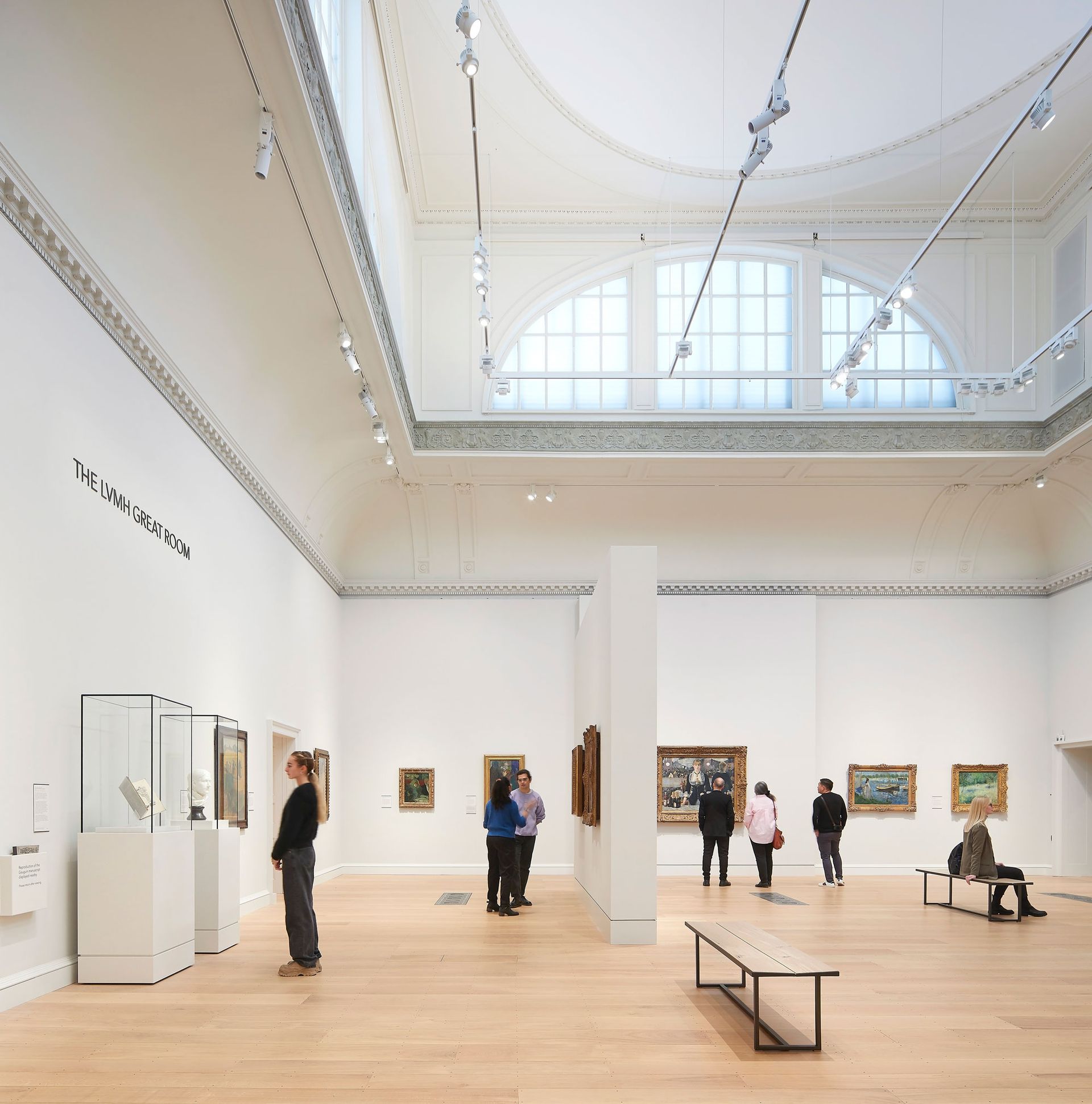
The LVMH Great Room restores the oldest purpose-built gallery space in London to its original proportions Photo © Hufton+Crow
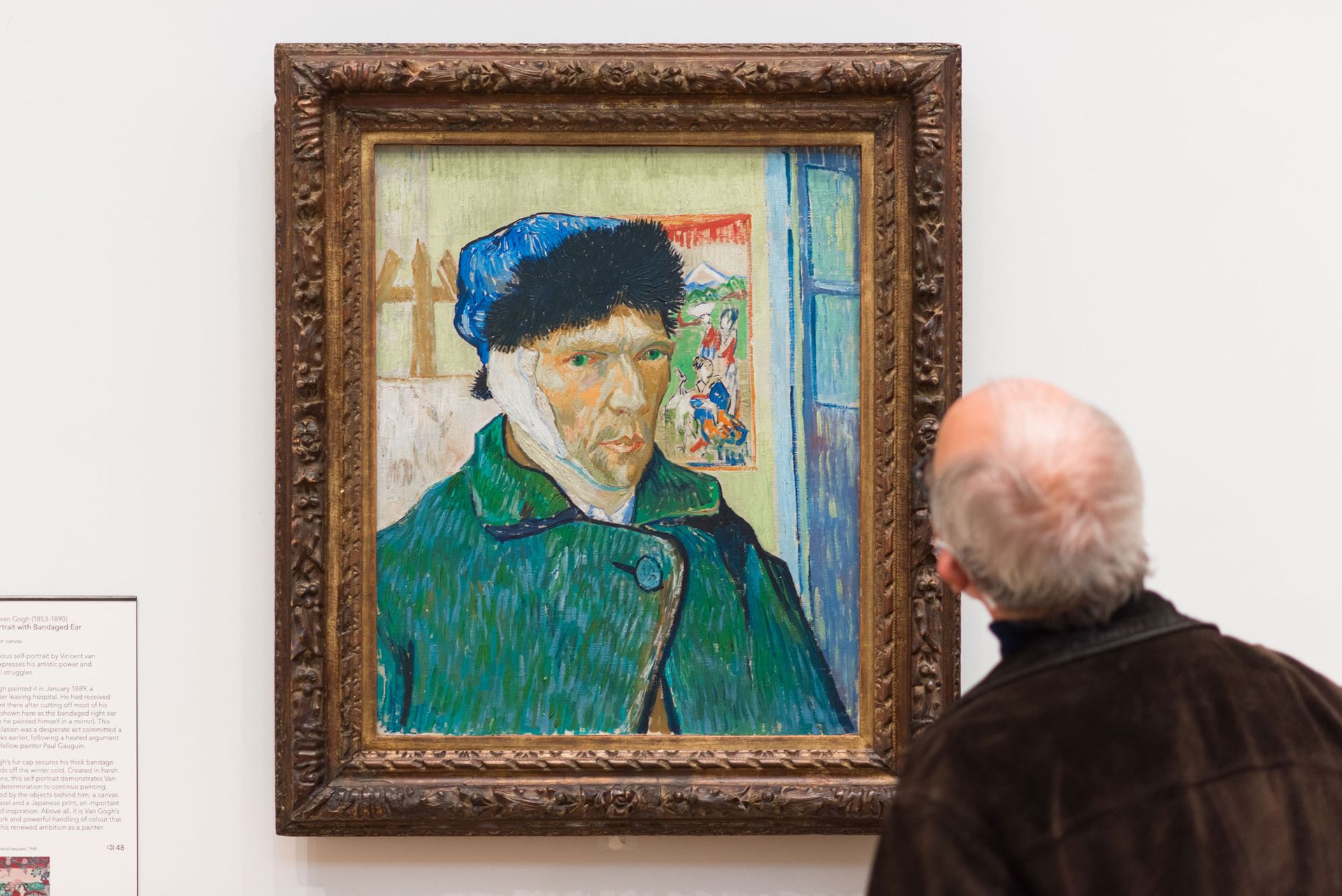
Vincent van Gogh's Self-Portrait with Bandaged Ear (1889) is the starting point for an exhibition opening in February 2022 Photo © Jim Winslet
The “climactic moment of the whole visitor experience”, Vegelin says, is the LVMH-sponsored Great Room on the top floor, which has been restored to its original proportions as the first purpose-built gallery space in London, home to the Royal Academy’s summer exhibitions until 1837. Removing the old subdivisions and false ceilings has brought “natural light and volume”. Here, Samuel Courtauld’s celebrated Impressionist and Post-Impressionist pictures are re-installed and looking “better than I’ve ever known them”, Vegelin says. “Now in that wonderful soaring space, I think people will fall in love with them again.”
Leading off from the Great Room, the temporary exhibition galleries have also been rethought. Carved out of former back-of-house spaces, they will continue to host the kind of “high-quality, focused exhibitions” in which the Courtauld specialises, starting with 25 modern and post-war drawings recently donated by the artist Linda Karshan. Following in February 2022 is a show of Van Gogh’s self-portraits, departing from the Courtauld’s own with a bandaged ear and reuniting star loans from around the world. The programme dovetails with the approach to the permanent collection, Vegelin says: “It’s not about scale but about looking closely and enjoying the details.”
• Listen to a tour of the new Courtauld Gallery on The Week in Art podcast here


